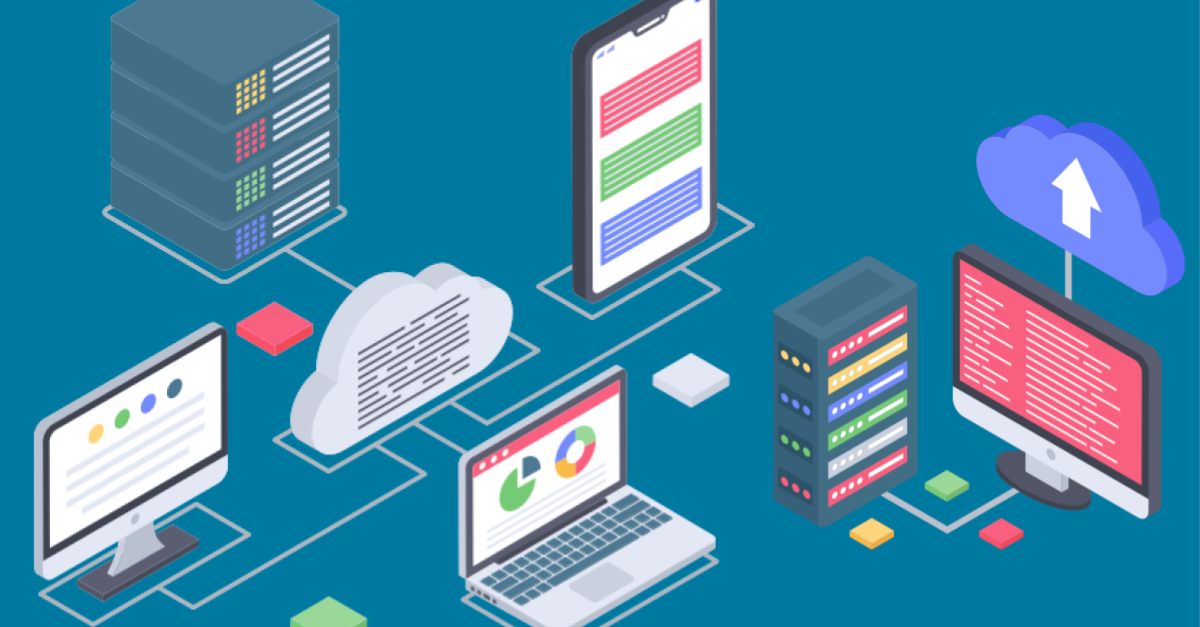
With the 21st century bringing in newer and newer technologies, the business world has begun embracing digital solutions.
With the help of technologies like artificial intelligence, data analytics, and more, companies are able to take the step towards progress in ways that weren’t possible before.
But the process of digital transformation isn’t as easy as simply replacing what you already have. To get the most out of digital technology, you need to have a digital transformation strategy in place.
Is Digital Necessarily Better?
While digital technology is definitely a step up, it’s not necessarily the answer to every problem. We love to harp on about how digital technology will change the future, but often fail to mention how it also brought with it a whole new plethora of problems, from data security and cybercrime to unemployment and intellectual property theft. The list goes on.
That said, there are disadvantages to everything, and with the world moving towards digital, the risk of not investing in a digital strategy seems to be much higher, especially considering there are plenty of ways to prevent the problems that come with digital technology.
So, keeping all that in mind, how do you actually go about your digital transformation?
- Find Solutions That Add Value
Moving towards digital is definitely important in this day and age but jumping on every new technology that crosses your path isn’t the solution. You want technology that adds value to your business and contributes towards productivity and profitability – not just another added expense.
The way to go about it is to analyze your business carefully, understand your overarching goals and where you want your organization to stand in the future. Knowing these things will help you figure out how digitization can help you reach those goals, and what kind of solutions you need to get there.
A digital transformation on its own doesn’t mean much unless you align it to your corporate KPIs, and use the transformation for growth.
- Understand Your Processes
It doesn’t end at just your future business goals. Without understanding how your business currently works, any attempts at digitization are almost sure to fall short. Again, analyze your business to correctly identify which processes need digitization. Will digitizing them bring about a positive impact? Understanding the potential impact of taking the step towards digital – both on your business as well as the end consumers – is key to making your digital transformation successful.
Without this, you may end up making more work for your employees, who have their own way of doing things, and your attempts at productivity may backfire.
Take time to find digital solutions that fit your company culture, existing processes and your budget.
- Train Your Employees
For many people – especially those who are not used to technological changes – adjusting to digitization will take time, and many will need help understanding how these new solutions work. Without training, you risk your employees falling behind on their jobs. In the worst case, you might even lose out on your investments because of untrained employees.
People learn in different ways, so keeping different forms of training on hand is also important. From lectures to videos to hands-on training, making sure your employees are also keeping up with your digital transformation is a crucial aspect of your digitization strategy.
- Cultural and Behavioral Changes
The change that comes with digital transformation isn’t just the putting-aside of old technology; you also have to make changes to your overall company culture and behavior. Digital technology comes with a lot of risk-taking, collaboration and customer-centric attitudes, all of which are part of empowering your employees to approach problems in new ways.
When transforming your business, you will have to reinforce and encourage behaviors that fall in line with these attitudes, and this may at times require a drastic change in company culture.
- Building Capabilities
Developing talent within the organization and acquiring new skills is a fundamental part of making your digital transformation successful.
Redefine the roles and responsibilities of every individual involved, so they align better with the transformation’s goals. This helps with demonstrating where improvements are needed, and how you can go about them.
To do this, you need your employees to constantly develop their skills and capabilities in all areas, and develop a problem-solving mindset that helps them adjust to the major changes that come about with your transformation efforts.
- Communicating Frequently and Clearly
As in traditional transformation, communication is key. One very important component of your digital transformation is to communicate the change story. This helps your employees understand where the company is headed with the changes, why the change is important, and how you plan to bring about further change in the future.
This helps employees adjust to new technologies, and approach the change with an open mind, as compared to being frustrated with all the transformations happening around them. In fact, clear communication around organizational changes make the success of transformation three times more likely.
- Make it Come from the Top
Change should take place at every level during a transformation, but especially at the top. Any transformation – digital or otherwise – is not guaranteed success unless the key stakeholders and senior leadership are involved and committed to the change.
Because major decision-making power lies in the hands of senior individuals, having them on board with the digitization strategy is crucial to making the change successful and simple.
Transformations are difficult to implement, and digital ones, even more so. Even digitally savvy companies involved in industries like media, tech and telecommunications are struggling with an effective and successful digital transformation.
Every organization will have its own path to digital transformation success, but with these tips in mind, you can at least make that journey easier.

